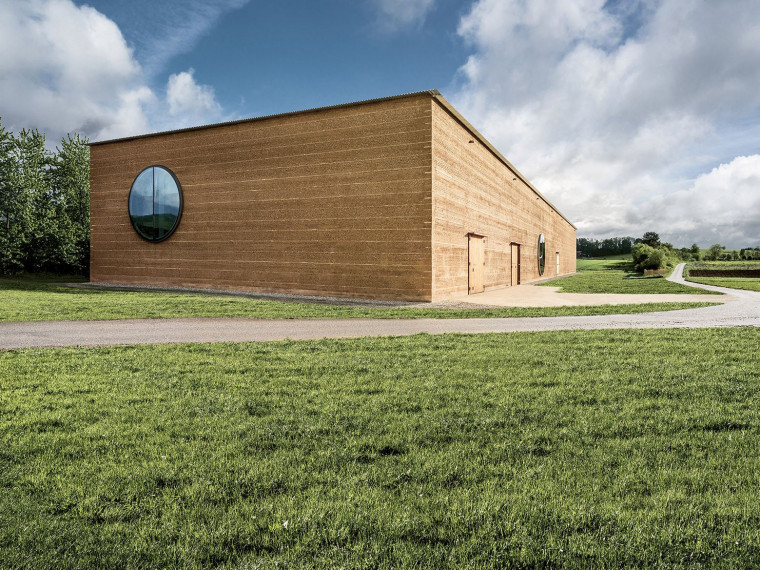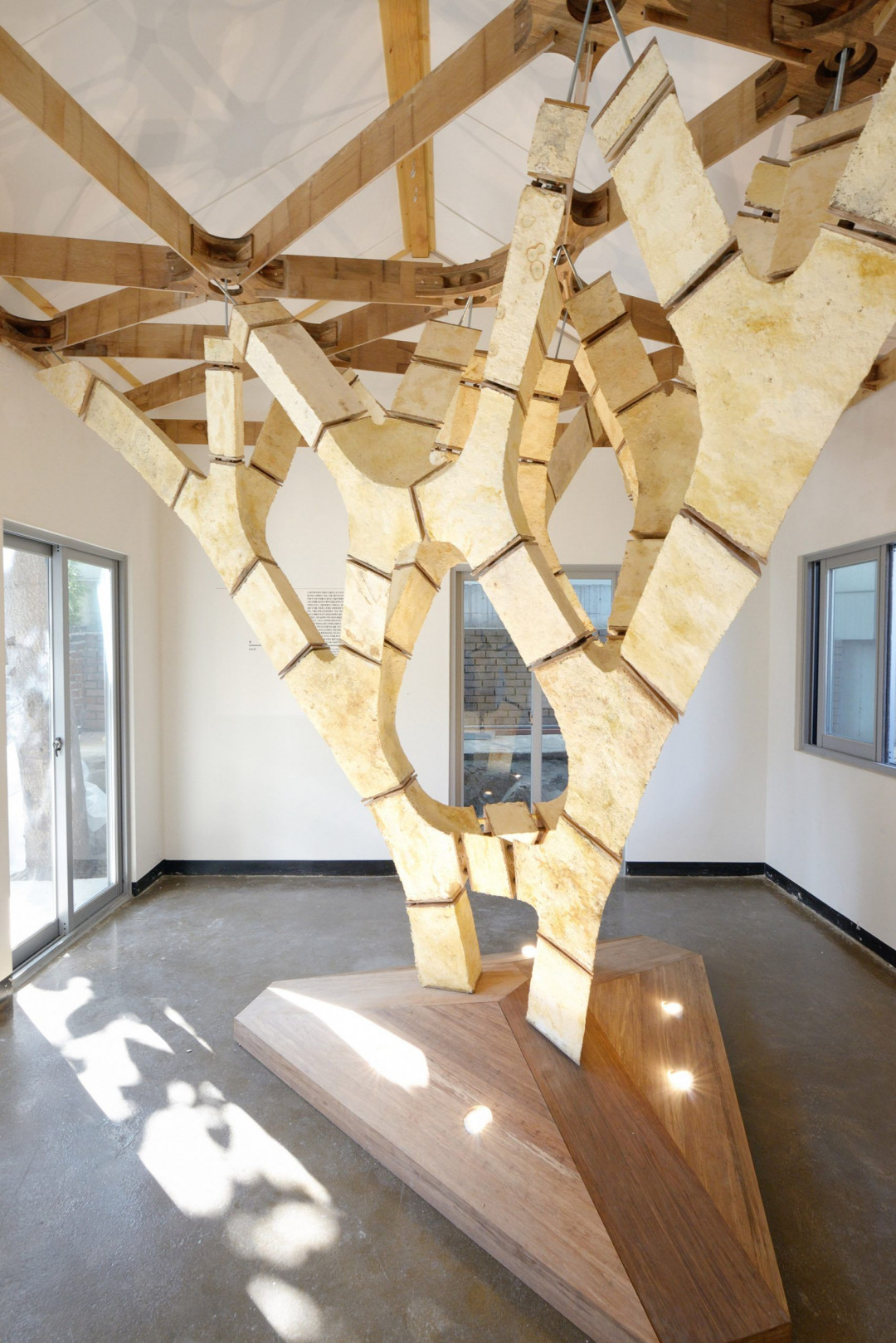6 Environmentally Friendly Building Alternatives to Concrete




Our beautiful blue and green world is becoming greyer with every passing year. After water, concrete is the most commonly consumed substance on Earth. The production of concrete surpasses that of plastic.
Despite its durable and versatile qualities, concrete is a major contributor to the emission of greenhouse gases, making up 8% of overall global emissions. It is time that we consider the construction materials we are using and their wider impact on our environment.
This article discusses six alternatives to concrete that offer a more sustainable design solution and lower environmental impacts.
Rammed earth
This technology has been used by human civilization for thousands of years with evidence of its use dating as far back as the Neolithic Period. The process involves compacting a damp mixture of soil, clay, sand and gravel in a formwork. Rammed earth structures produce little waste and use local materials, which require little transport thereby limiting their carbon emissions. Research has proved that rammed earth is extremely durable and weather resistant.
The new Ricola Kräuterzentrum (herb centre) by Herzog & de Meuron, is built largely out of locally sourced earth. The prefabricated earth blocks are manufactured out of ingredients extracted from local quarries and mines. Clay, marl and material excavated on site are mixed and compacted in a formwork and then layered in blocks to build the walls.

Image via arch2o.com
Bamboo
Bamboo has been a popular choice in some regions of the world for millennia with its impressive tensile strength and fast-growing renewable nature. In fact, growing bamboo consumes carbon dioxide and releases fresh oxygen into the atmosphere making it an environmentally friendly alternative to concrete.
Architecture studio Ibuku designed a self-supporting roof made entirely from bamboo for the gymnasium of the Green School in Bali. This building titled ‘The Arc’, is the latest to be completed at the Green School, an educational institution that promotes sustainability through learning in a natural environment.

Image via dezeen.com
Hempcrete
Hempcrete is a relatively new biodegradable alternative to concrete. Hempcrete is created when hemp fibres are mixed with lime and water. The Hemp plant is fast growing and has little demand for water, chemicals or fuel, and lime releases about 80% less carbon, compared to cement. Hempcrete also sequesters carbon making it the ultimate sustainable choice. Hempcrete blocks are lightweight, strong and provides natural insulation and flexibility to the structure.
A growing number of architects are experimenting with hempcrete in light of the current climate crisis. Practice Architecture designed a zero-carbon home in Cambridgeshire, England, using custom Hempcrete panels. The panels have been left exposed on the inside of the house complimented by timber elements to create warm, textured surfaces throughout the living spaces.

Image via practicearchitecture.co.uk
Ferrock
Ferrock is a new building material being researched that uses recycled materials including steel dust to create an environmentally-friendly building block. Not only is this material five times stronger than concrete, it actually absorbs and traps carbon dioxide as part of its drying and hardening process. Because of this it is not only less CO2 intensive than traditional concrete, but actually carbon neutral.
Mycelium
Mycelium is the root-like fibre from fungi that runs below the ground. They can grow around a composite of other natural materials such as straw and then air dried to create a lightweight building material of any specific shape or form. Mycelium bricks are lightweight, durable and are resistant to fire, water and mould.
Architect Dirk Hebel and engineer Philippe Block have created a tree-shaped structure consisting almost entirely of mycelium. According to the duo, mycelium could provide the structure of buildings, if it is designed with the right geometries.

Image via dezeen.com
Finite
Until now, desert sand has been an abundant but useless resource. A team of scientists in the UK have recently discovered a way to effectively bind together desert sand into structures, creating a biodegradable construction material.
Finite is as strong as concrete, but the process to make this material uses less than half the carbon footprint of concrete. Unlike concrete, Finite can be easily reused and remoulded or left to decompose naturally. It can be cast into any shape or size and can be coloured with natural pigments to create different aesthetics to suit the desired application. Finite is a strong, versatile and a more environmentally friendly alternative to both concrete and bricks.

Image via hamzaoza.com









 Indonesia
Indonesia
 Australia
Australia
 New Zealand
New Zealand
 Philippines
Philippines
 Singapore
Singapore
 Malaysia
Malaysia





